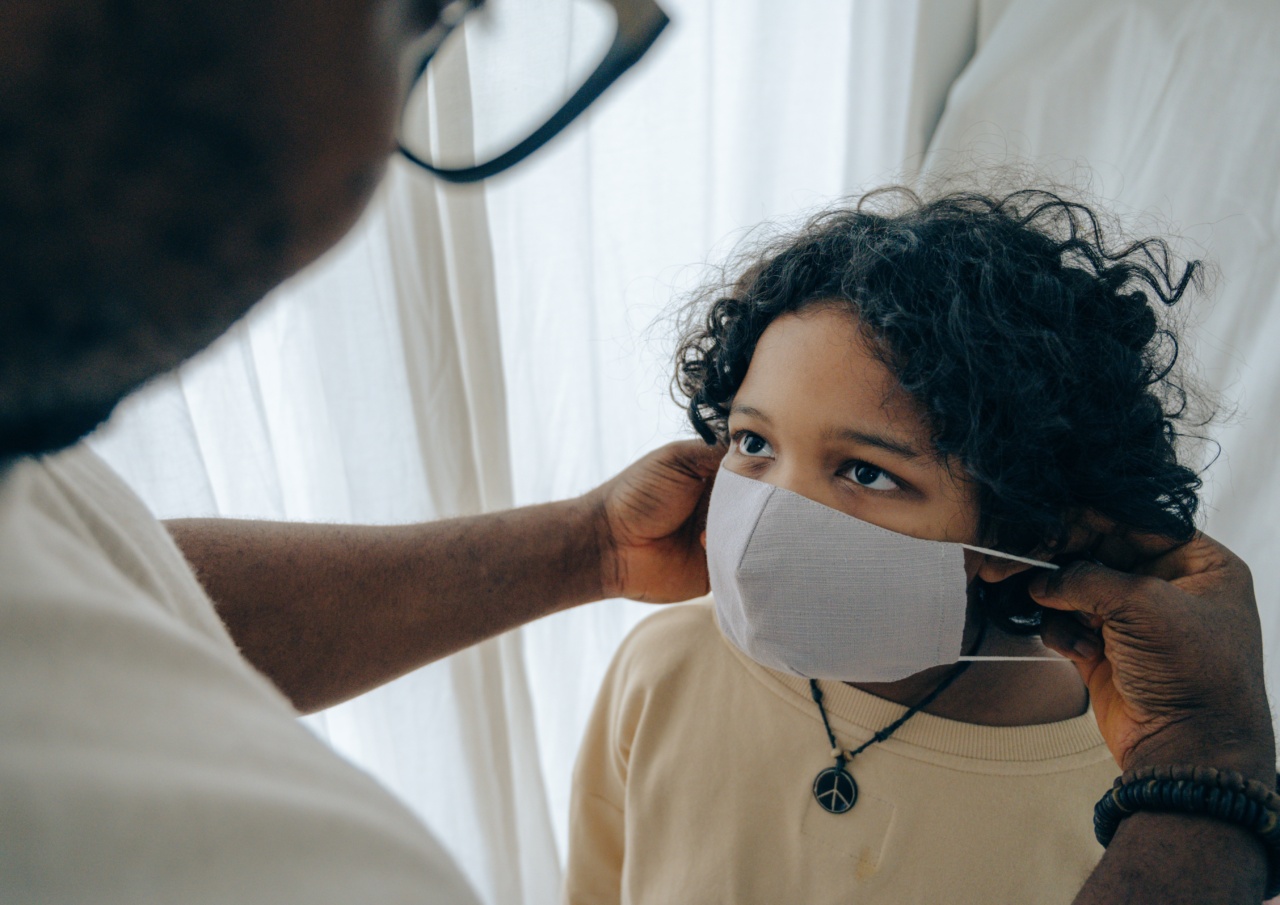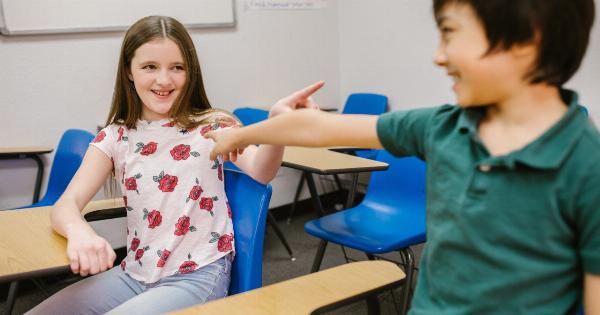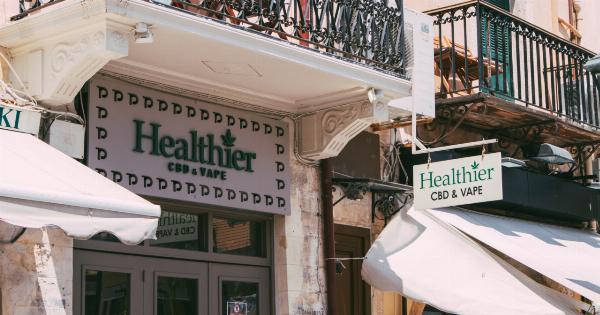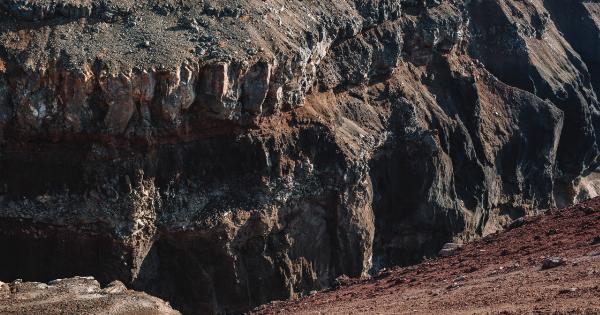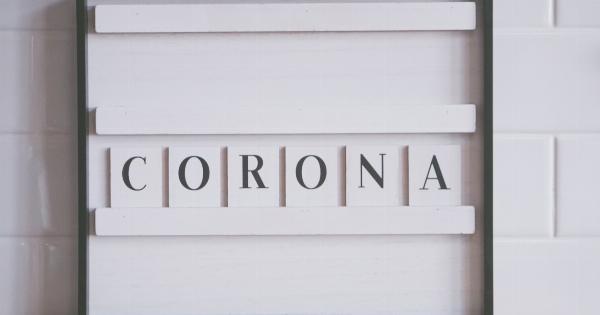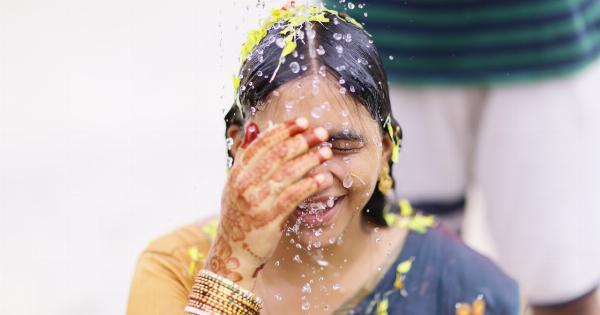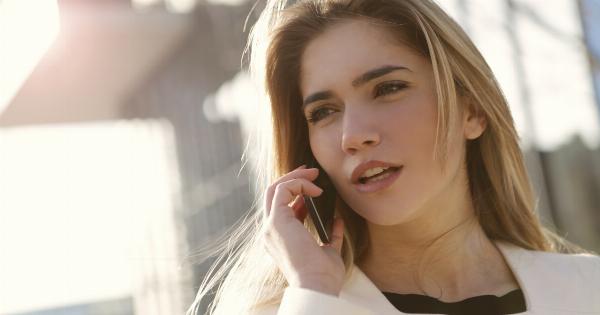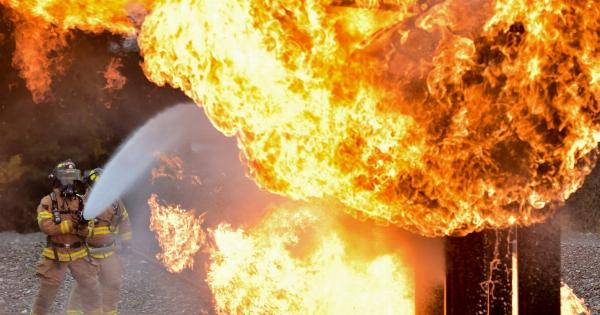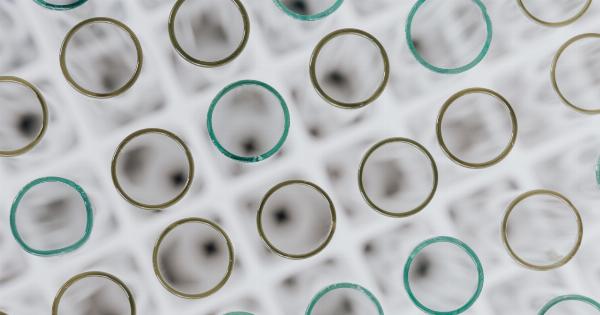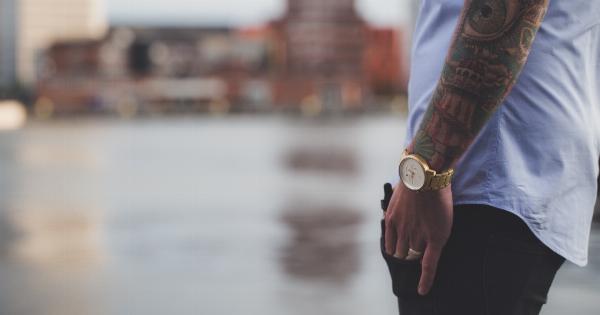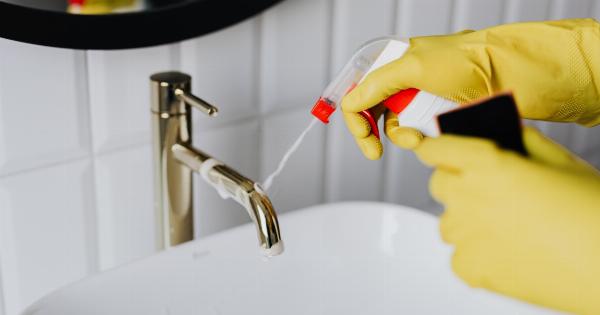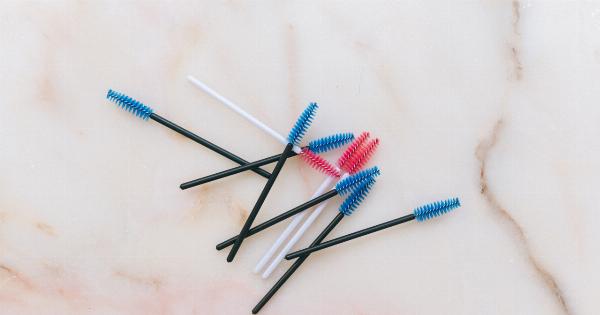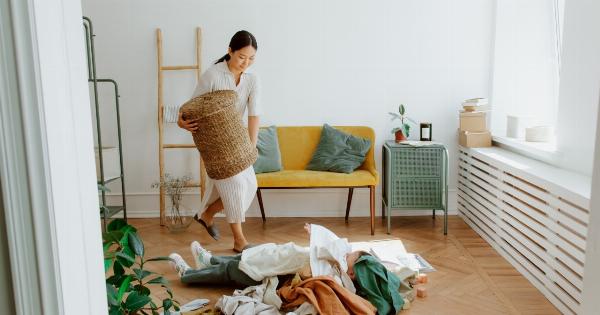In today’s world, cleanliness and hygiene are of utmost importance. People spend a lot of money on various cleansers to ensure that their homes and households are clean and free of germs.
However, some of these cleansers can be harmful, especially those that are not meant for use around children.
Understanding Cleansers
Cleansers are substances that are used to remove dirt, germs, and other unwanted materials from surfaces. There are many types of cleansers available in the market, ranging from detergents and soaps to disinfectants and sanitizers.
While these products are meant to help us keep our homes clean and free of germs and bacteria, they can also be harmful if used incorrectly or if they come into contact with children.
Why Some Cleansers Are Harmful to Children
As children are more sensitive and vulnerable to their surroundings, certain cleansers can be harmful to them. The following are the dangers of using certain cleansers around children:.
Chemical Burns
Sometimes, cleansers contain chemicals that can cause chemical burns, particularly if they come into contact with a child’s skin. Chemical burns can cause irritation, redness, and in severe cases, blistering and scarring.
This can be dangerous, especially if the cleanser is ingested or sprayed in the eyes, leading to permanent damage or vision loss.
Inhalation of Fumes
Some cleansers that are used for disinfecting contain strong fumes that can be harmful if inhaled in large quantities.
Children who have asthma or allergies are particularly vulnerable to these fumes and can suffer from respiratory problems if exposed to them for long periods.
Ingestion
Children are notorious for putting things in their mouths, and cleansers are no exception. Children who accidentally ingest a cleanser can suffer from vomiting, diarrhea, and other serious gastrointestinal problems.
In severe cases, ingestion of a cleanser can lead to hospitalization and even death.
Eye Irritation and Damage
Certain cleansers, particularly those that are used for cleaning bathrooms and kitchens, can cause eye irritation and damage if they come into contact with a child’s eyes. This can lead to pain, redness, and, in severe cases, vision loss.
How to Safely Use Cleansers around Children
While certain cleansers can be harmful to children, there are safe ways to use them around the house. The following are some tips for using cleansers safely:.
Read the Labels
The first step in using a cleanser safely is to read the label carefully. Look for warning signs and instructions on how to use the product safely. If the label warns against using the product around children, it’s best to find a safer alternative.
Store Cleansers Safely
Cleansers should be stored out of reach of children in a locked cupboard or high shelf. Ensure that the container is tightly sealed to prevent spills or leaks.
If possible, store different types of cleansers separately to avoid accidental mixing, which can create potentially dangerous chemical reactions.
Use Gloves and Protective Gear
When using cleansers, wear gloves, and other protective gear like goggles to minimize the risk of chemical burns, inhalation, and eye damage. Ensure that you have good ventilation when using a cleaner to avoid inhaling fumes that can be harmful.
Keep an Eye on Children
Children should be supervised when cleaning or using any household products. Keep them away from the area when cleaning and ensure that they do not touch any cleansers or other harmful substances.
Teach them basic techniques like washing their hands and avoiding touching their eyes and mouth after cleaning to minimize the risk of exposure.
Use Safe Alternatives
There are many safe alternatives to harsh cleansers that are equally effective. For instance, vinegar and baking soda can be used for cleaning surfaces without causing harm.
Alternatively, you can opt for natural or eco-friendly cleaning products that are less harmful to children and the environment.
Conclusion
Keeping our houses clean and free of germs is important, but it’s equally important to ensure that we use cleansers safely around children.
By taking proper precautions, reading labels, and using safe alternatives, we can protect our children from harmful cleansers while keeping our homes clean and germ-free.
